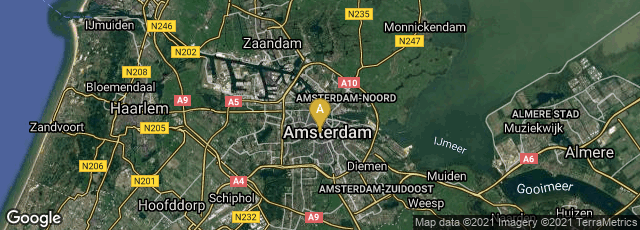The title page for the catalogue, printed by chromolithography, was a brightly-colored miniature poster presenting an artist's romantic view of the processes of book production, from the handpress, to hand bookbinding, to the modern steam power lithographic press used to print the title page.
This company advertised the stationery steam engines, both vertical and horizontal models, that powered printing machines.


A: Amsterdam-Centrum, Amsterdam, Noord-Holland, Netherlands
Reflecting the huge progress in printing technology that occurred during the 19th century, the embossed and gilt printed cloth edition binding on the 1892 catalogue of the Amsterdam exhibition, sponsored by the Dutch Assocation Promoting the Interest of Bookstores, depicted the old and new elements of the book production: traditionally bound books in front of a modern printing machine. The catalogue also contained numerous beautiful examples of the printing art produced by printers and publishers advertising in the catalogue.
Printing and embossing such an elaborate design into the cloth cover was also a state of the art technique at the time.